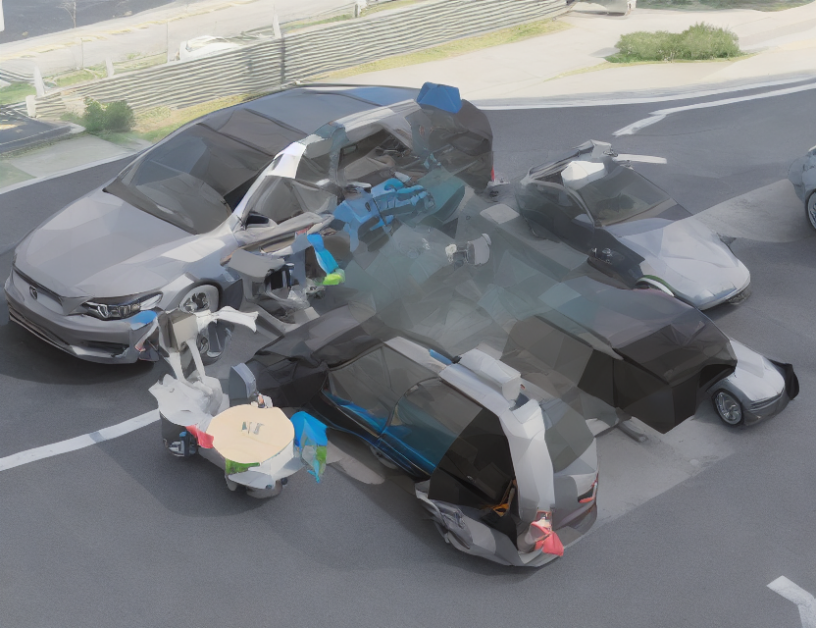In this article, we explore the challenges of annotating point clouds, which are 3D models of objects or environments created through scanning technology. Annotating these point clouds is a complex task that requires skill and attention to detail, as even slight errors in annotation can have significant consequences. To address this issue, we propose the use of machine learning algorithms to provide target information, such as labels for objects in a scene, while relying on human annotators for high-quality data.
To improve the accuracy of our models, we divide the dataset into training, validation, and testing sets. We use these sets to evaluate how well our models generalize to new situations, ensuring that they are reliable and effective in real-world applications.
Our proposed approach involves using an iterative procedure for polygonal approximation, which allows us to create smooth and accurate representations of complex objects. This technique is particularly useful when working with point clouds of botanic trees, where the curves of the branches and leaves must be precisely captured.
In addition, we propose the use of encoder-decoder models with atrous separable convolution for semantic image segmentation. These models are able to accurately identify objects within an image, even in cases where there is a high degree of complexity or clutter.
Overall, our proposed approach represents a significant advancement in the field of point cloud annotation and semantic image segmentation. By leveraging the strengths of both machine learning algorithms and human annotators, we are able to create highly accurate models that can be used in a variety of applications, from robotics to virtual reality.
Computer Science, Computer Vision and Pattern Recognition
Enhancing Annotation Efficiency for Autonomous Driving with Semi-Automatic Functionalities



